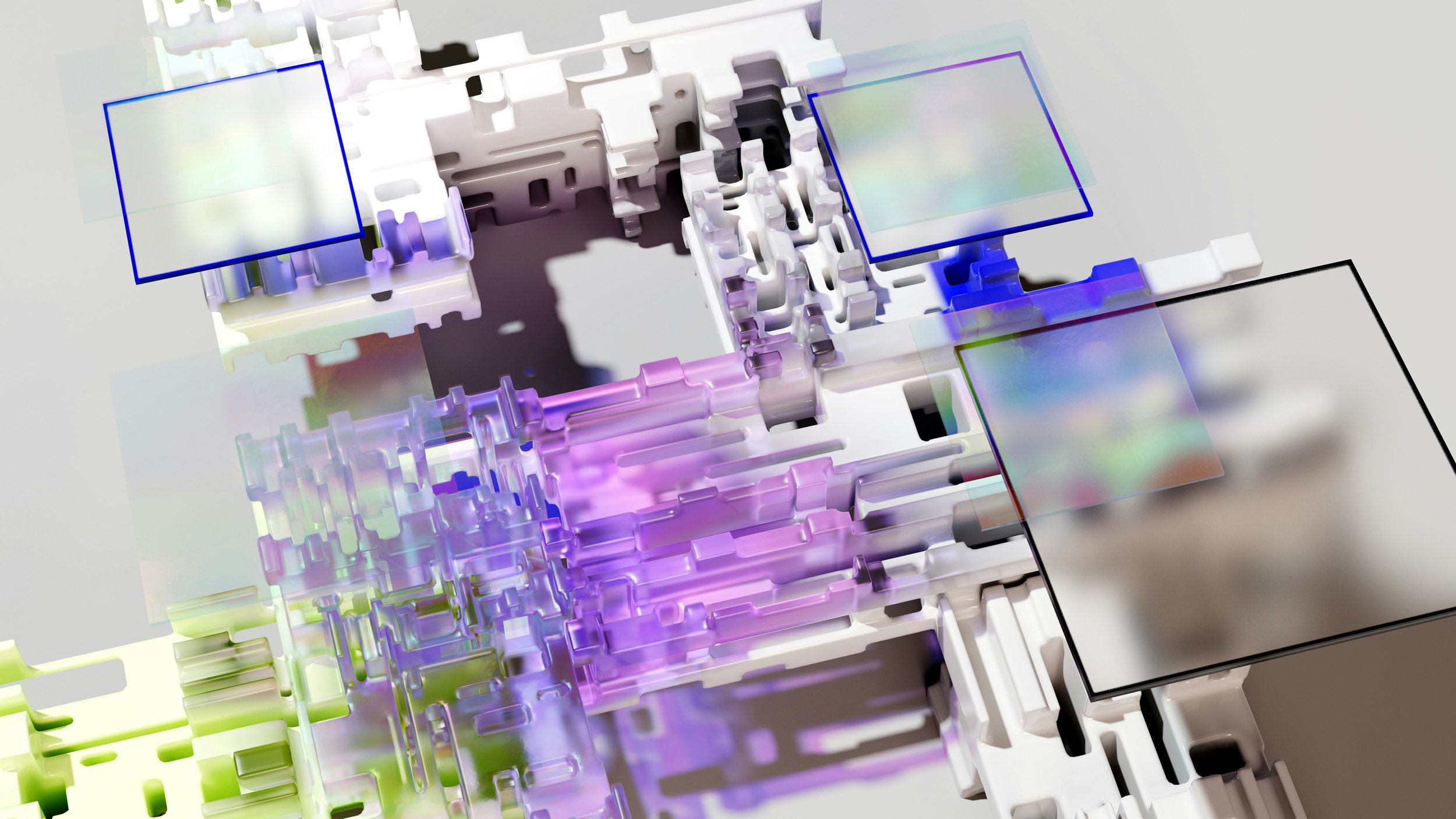Market Expansion Consulting for Business Growth
Metheus Consultancy provides data-driven market expansion expertise to help ambitious businesses grow and develop.
Together, United for Success. Metheus Consultancy collaborates with industry leaders.












Our proven market expansion & growth methodologies solves one of the biggest challenges in all industries.
Metheus Consultancy offers market analysis and execution plans tailored to your company's dynamics. We identify business objectives, analyse buyer behaviours and competition, and explore growth markets. Our team implements strategies, monitors success with analytics, and makes data-driven iterations for continuous improvement.
Learn from Real Stories, Real Results
Their strategic guidance, methodical approach, and unwavering support have been pivotal in our European journey, helping us navigate challenges and seize opportunities. Today, as we mark significant client acquisitions in Switzerland and Germany and earn recognition in esteemed publications, I can confidently say that teaming up with Metheus was one of our best decisions.
Their strategic guidance, methodical approach, and unwavering support have been pivotal in our European journey, helping us navigate challenges and seize opportunities. Today, as we mark significant client acquisitions in Switzerland and Germany and earn recognition in esteemed publications, I can confidently say that teaming up with Metheus was one of our best decisions.
Michael Boyman
Founder & CEO, RebusLabs
Working with Metheus has been an exceptional experience for Enhencer. They provided valuable insights and guidance throughout the entire expansion process. The results we achieved together speak for themselves, with an increase in our customer base, revenue, and overall platform value offering. We highly recommend Metheus to any company looking to expand their business and achieve growth.
Working with Metheus has been an exceptional experience for Enhencer. They provided valuable insights and guidance throughout the entire expansion process. The results we achieved together speak for themselves, with an increase in our customer base, revenue, and overall platform value offering. We highly recommend Metheus to any company looking to expand their business and achieve growth.
Mike Nikolov
Head of Customer Service and Sales, GfW Education
As we are expanding our business globally, Metheus helped us about multi-channel lead generation structure. They guided us to communicate in a solid way and to reach the correct target with a very professional attitude when we are aiming to find our new potential clients. Metheus' instructions started to give first results in a short matter.
As we are expanding our business globally, Metheus helped us about multi-channel lead generation structure. They guided us to communicate in a solid way and to reach the correct target with a very professional attitude when we are aiming to find our new potential clients. Metheus' instructions started to give first results in a short matter.
Olcay Ozturk
Co-Founder & CEO, Enhencer
Partnering with Metheus Consultancy has transformed our approach. Their data-driven market analysis provided invaluable insights into our diverse student base and helped us refine our marketing strategies. We are now better equipped to serve our students and drive their personal and professional growth. We feel incredibly fortunate to have found a partner that shares our passion for education.
Partnering with Metheus Consultancy has transformed our approach. Their data-driven market analysis provided invaluable insights into our diverse student base and helped us refine our marketing strategies. We are now better equipped to serve our students and drive their personal and professional growth. We feel incredibly fortunate to have found a partner that shares our passion for education.
Ismail Arapzade
Founder & CEO, Mindsite
Expanding Beyond Boundaries
-
Our expertise comes from working on different market entry & growth projects in the biggest economies.
-
Our innovative methodology empowers businesses to achieve faster expansion, unlocking unprecedented growth opportunities.
-
Our teams already established in Miami, London, Istanbul, Shenzhen and Hong Kong.
































The Gesellschaft für Weiterbildung (GfW) is dedicated to fostering social mobility through education.